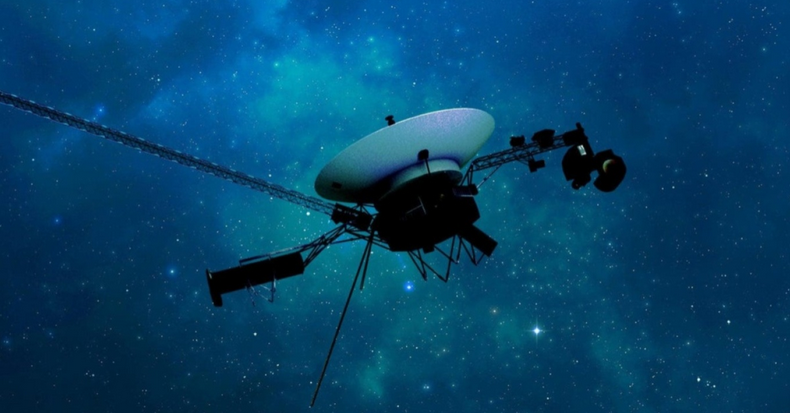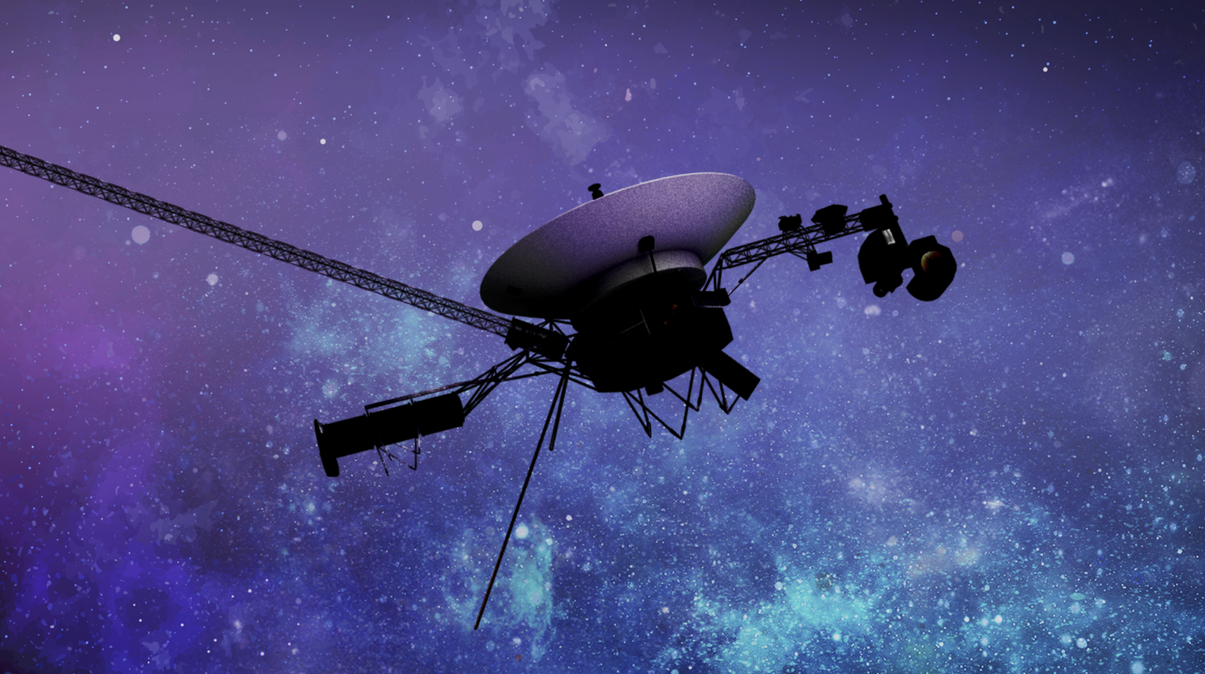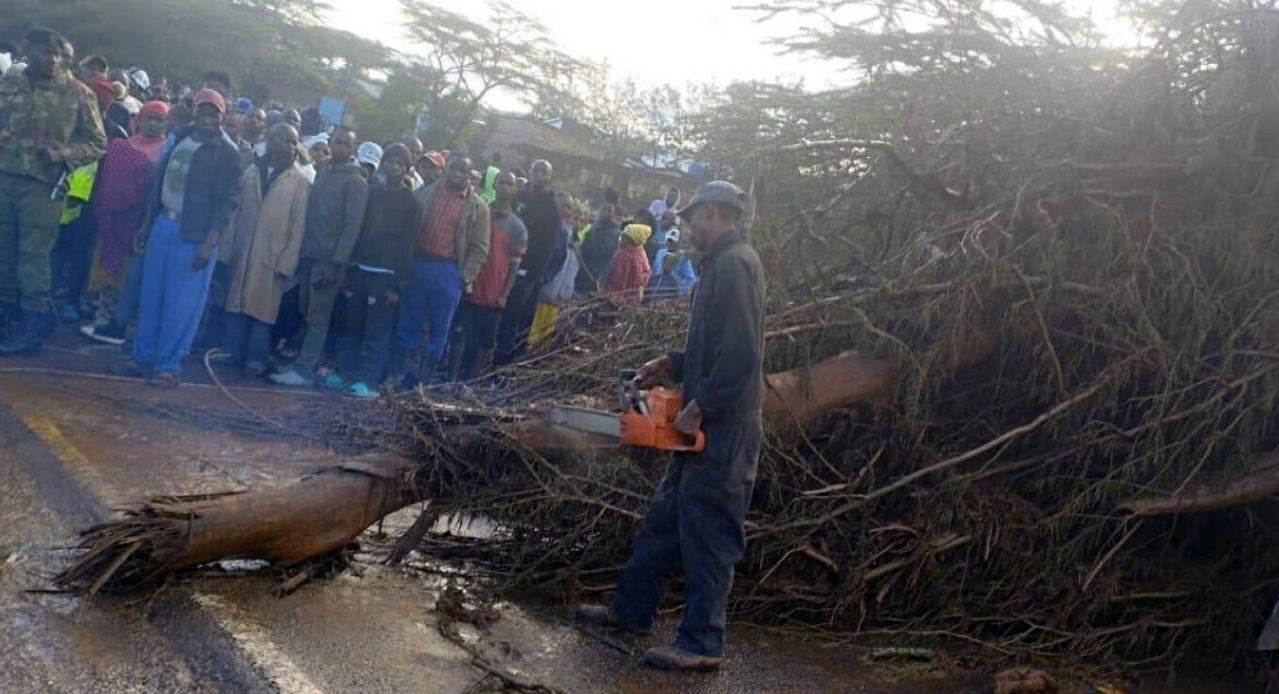After five months, NASA engineers successfully received understandable data from Voyager 1, overcoming a communication glitch using innovative methods. Voyager 1, situated around 15 billion miles away and aged 46, has displayed signs of aging lately.
The communication issue arose in November 2023 when the telemetry modulation unit of Voyager 1’s flight data system began transmitting an unintelligible repeating code pattern. Although the spacecraft continued transmitting a consistent radio signal, it lacked usable data.
The breakthrough occurred on April 20 when the team finally received coherent data on Voyager 1’s health and status. Despite ongoing data analysis, initial observations indicate Voyager 1 is functioning well.
Troubleshooting from such a vast distance involved sending commands to restart the spacecraft’s computer system. On March 1, a command called a “poke” was sent to run different software sequences, revealing unusual activity in the flight data system on March 3. Through decoding efforts, it was revealed that 3% of the system’s memory was corrupted, likely due to a faulty chip.
Business Insider: Turkey may soon put its controversial Russian S-400 air defenses in operation
Unable to repair the chip, the team devised a solution to store the affected code elsewhere in the system’s memory. Despite challenges due to limited storage space, they divided the code into sections and stored it in different locations within the flight data system. After adjusting the code sections and updating references, engineers commanded the relocation of the code on April 18.
Given the vast distance, it took approximately 22.5 hours for the signal to reach Voyager 1 and another 22.5 hours for the response. On April 20, confirmation arrived that the code modification was successful, allowing readable engineering data retrieval from Voyager 1.






































